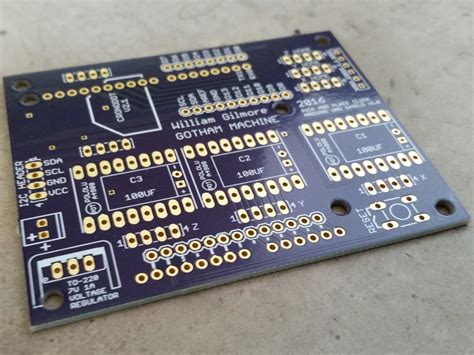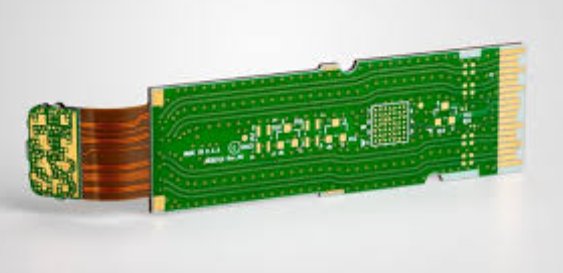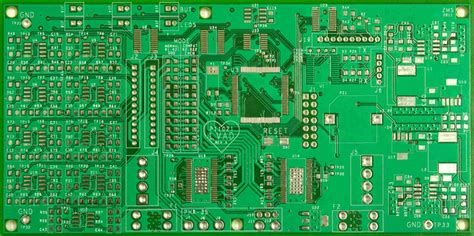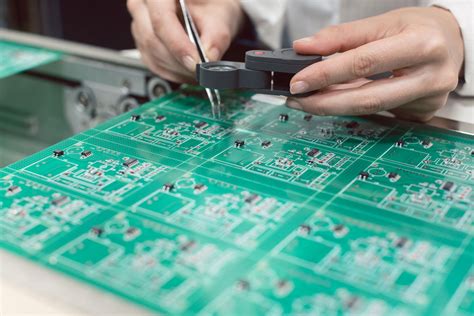PCB Assembly: Soldering Techniques for BGA Packages
Introduction to BGA Soldering
Ball Grid Array (BGA) packages have become increasingly popular in modern electronics due to their ability to provide high-density interconnections while occupying minimal board space. Unlike traditional packages with peripheral leads, BGA components feature an array of solder balls on their underside that connect to corresponding pads on the printed circuit board (PCB). This configuration offers several advantages, including reduced package size, improved electrical performance, and better thermal characteristics. However, the very features that make BGAs attractive also create unique challenges for the soldering process.
The soldering of BGA components requires specialized techniques and equipment to ensure reliable electrical connections that are hidden beneath the component after assembly. This article explores the various methods used for BGA soldering, the challenges involved, and best practices for achieving high-quality solder joints in PCB assembly.
BGA Package Characteristics
Understanding BGA package construction is essential for proper soldering:
- Solder Ball Composition: Typically composed of tin-silver-copper (SAC) alloys, though lead-based alloys may still be used in some applications
- Ball Pitch: Common pitches include 1.0mm, 0.8mm, 0.5mm, and finer for advanced packages
- Ball Arrangement: Full array or perimeter array configurations
- Package Types: Includes standard BGA, microBGA (μBGA), chip-scale packages (CSP), and wafer-level chip-scale packages (WLCSP)
The small size and high density of BGA packages demand precise control during the soldering process to prevent defects such as bridging, non-wetting, or incomplete solder joint formation.

Common BGA Soldering Methods
1. Reflow Soldering
Reflow soldering is the most widely used method for attaching BGA components to PCBs in volume production:
Process Steps:
- Solder Paste Application: Solder paste is deposited on PCB pads using stencil printing
- Component Placement: BGA is accurately positioned on the paste deposits
- Reflow Heating: The assembly passes through a reflow oven with precisely controlled temperature zones
- Cooling: Controlled solidification of solder joints
Key Parameters:
- Temperature Profile: Critical for proper solder joint formation without damaging components
- Peak Temperature: Typically 20-40°C above solder alloy melting point
- Time Above Liquidus (TAL): Usually 30-90 seconds
- Ramp Rates: Controlled to prevent thermal shock (typically 1-3°C/second)
Advantages:
- High throughput suitable for mass production
- Consistent results when properly controlled
- Compatible with surface mount technology (SMT) assembly lines
Challenges:
- Requires precise temperature profiling
- Potential for tombstoning or skewing with small components
- Difficulty in inspecting solder joints after assembly
2. Infrared (IR) Reflow Soldering
A variation of reflow soldering that uses infrared radiation as the primary heat transfer mechanism:
Characteristics:
- Excellent for large thermal mass assemblies
- Can be combined with convection heating
- Requires careful control to prevent component damage from IR absorption variations
3. Vapor Phase Soldering
An alternative reflow method that uses heat transfer through vapor condensation:
Process:
- The assembly is lowered into a vapor zone created by heating a special fluid
- Condensation transfers heat uniformly to all surfaces
- Temperature is precisely controlled by the fluid’s boiling point
Advantages:
- Excellent temperature uniformity
- No oxidation during soldering
- Energy efficient
Disadvantages:
- Limited by available fluid boiling points
- Higher equipment cost
- Fluid maintenance requirements
4. Laser Soldering
For specialized applications requiring localized heating:
Implementation:
- Uses precisely focused laser energy to melt solder
- Typically used for rework or small-scale production
- Allows selective heating of specific joints
Benefits:
- Extremely precise control
- Minimal thermal stress on surrounding components
- Suitable for temperature-sensitive assemblies
Limitations:
- Low throughput
- High equipment cost
- Requires skilled operators
BGA Rework Techniques
Even with proper processes, BGA rework is sometimes necessary:
1. Hot Air Rework Systems
Process:
- Preheating of PCB to reduce thermal shock
- Localized hot air heating of BGA component
- Component removal with vacuum tool
- Site preparation (solder removal and cleaning)
- New solder application (paste or preformed solder)
- New component placement and reflow
2. Infrared Rework Stations
Similar to hot air systems but using IR heating for more controlled energy delivery
3. Complete Site Replacement
For severely damaged pads, the entire BGA site may need to be replaced using specialized repair techniques
Inspection Methods for BGA Joints
The hidden nature of BGA solder joints requires specialized inspection techniques:
- X-ray Inspection: Reveals voids, bridging, and ball alignment
- Acoustic Microscopy: Detects delamination and cracks
- Electrical Testing: Validates connectivity and function
- Cross-sectioning: Destructive analysis for process validation
- 3D X-ray Computed Tomography: Provides detailed three-dimensional views of solder joints
Process Control and Quality Assurance
Maintaining BGA soldering quality requires:
- Solder Paste Control: Proper storage, handling, and printing parameters
- Stencil Design: Appropriate aperture sizes and geometries
- Placement Accuracy: High-precision component placement
- Reflow Profiling: Regular verification of temperature profiles
- Moisture Sensitivity: Proper handling of moisture-sensitive components
- Cleanliness: Control of flux residues and contaminants
Emerging Trends in BGA Soldering
- Low-Temperature Solders: For heat-sensitive components and substrates
- Transient Liquid Phase Soldering: For high-reliability applications
- Nanocomposite Solders: Improved mechanical and thermal properties
- Laser-Assisted Bonding: For ultra-fine pitch applications
- Automated Optical Alignment: For high-accuracy placement
Conclusion
BGA soldering represents one of the more challenging aspects of modern PCB assembly, requiring careful attention to process parameters, equipment capabilities, and material properties. The selection of the appropriate soldering method depends on factors such as production volume, package type, pitch requirements, and available equipment. As electronic packages continue to shrink in size while increasing in complexity, soldering techniques must evolve to meet these challenges.
Successful BGA implementation requires a comprehensive approach that encompasses material selection, process development, equipment maintenance, and quality control. By understanding the principles and practices outlined in this article, manufacturers can achieve high yields and reliable BGA assemblies that meet the demanding requirements of today’s electronic products.
The future of BGA soldering will likely see increased automation, improved inspection technologies, and the development of novel solder materials to address the ongoing miniaturization trend in electronics packaging. Staying abreast of these developments will be essential for maintaining competitiveness in the electronics manufacturing industry.







